Young Gallerists: A Roundtable on Founding a Gallery in Today’s Uber-saturated Market
|CLAIRE KORON ELAT
Snide gallerinas look you up and down as they sit behind a front desk with a sculpturally high wall. While you can only see the top of their heads, they might greet you at the portal to a commercial gallery—or not.
As breeding farms for all kinds of toxicities, it seems that the classic gallery model—which entails the representation of artists, supporting them in every aspect of their career, organizing physical (and virtual) exhibitions and showrooms, and making pilgrimages to art fairs, among many other things—cannot be abandoned by the art world. Although a commercial gallery is a business by its very nature, a few mega-galleries that dominate the market have metamorphosed from spaces where new discourses are championed into ruthless business conglomerates and PR agencies.
In 2020, American art critic Barry Schwabsky ruminated, “What are art galleries for?” In his article published in The Nation, he had artists comment on the post-pandemic future of the gallery system while also arguing that the changing constitution of the gallery system is rooted more in an “inexorable rise of income inequality and the winner-take-all economy” than in any consequences the pandemic may have. As such, the question arises as to why anyone would try to establish a new gallery in the current uber-saturated art market.
Claire Koron Elat spoke to gallerists Robbie Fitzpatrick (Fitzpatrick Gallery, Paris), Marie-Christine Molitor (Galerie Molitor, Berlin), Priya Shetty (Damien & The Love Guru, Brussels/Zurich), Lisa Offermann (LC Queisser, Tbilisi), and Julius Woeste (Petrine, Paris) about founding a gallery in today’s social and economic climate.
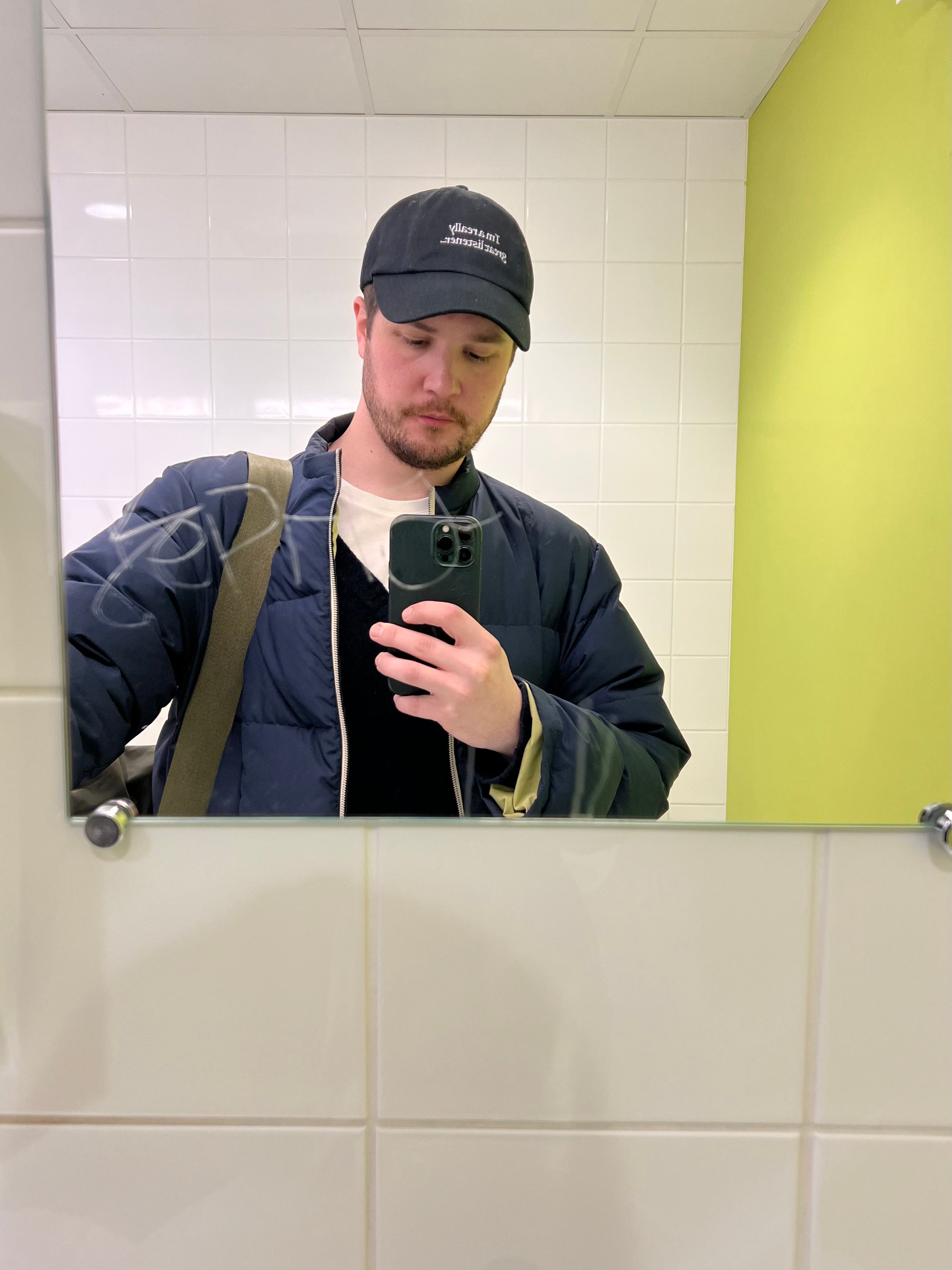
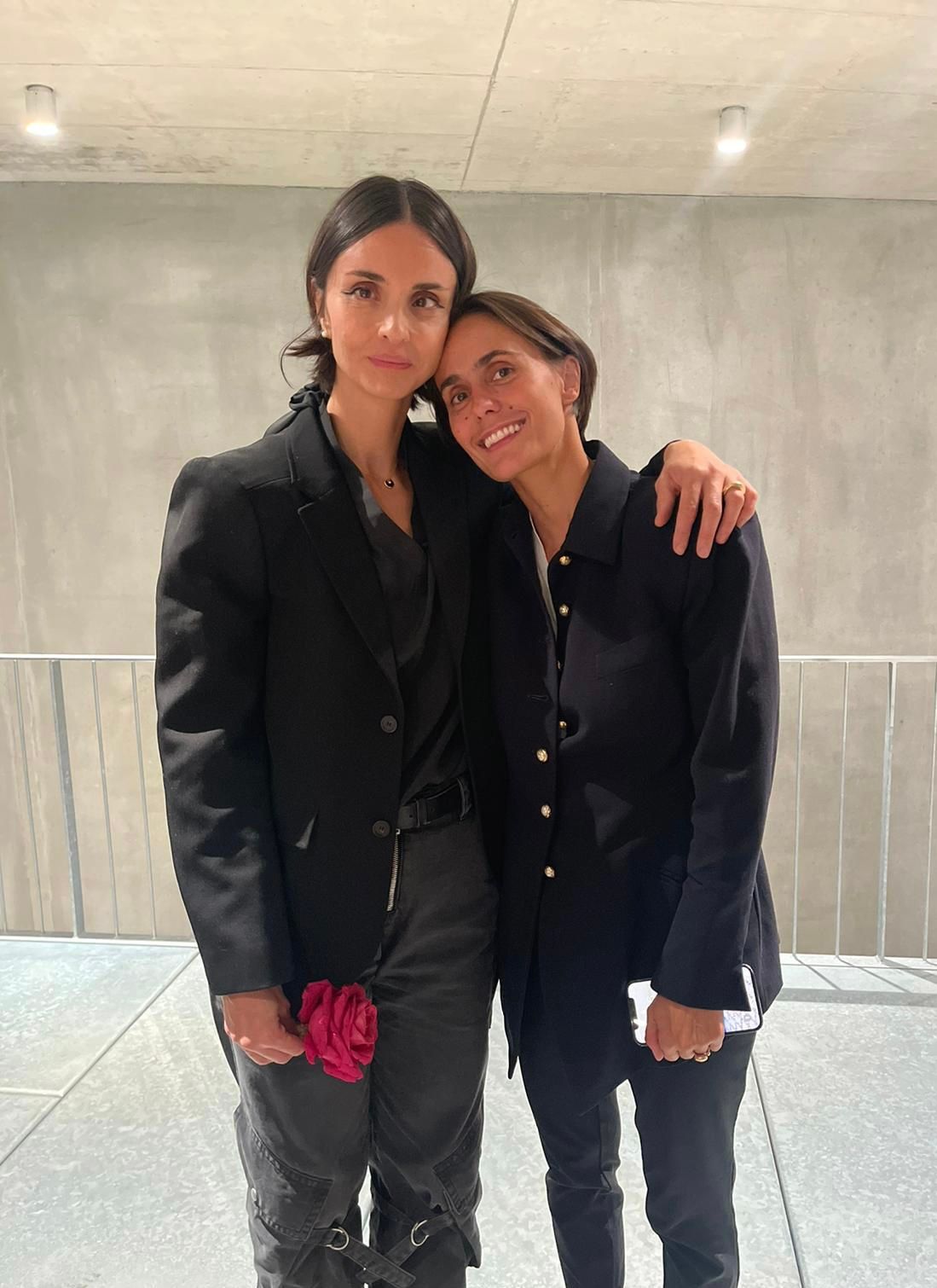
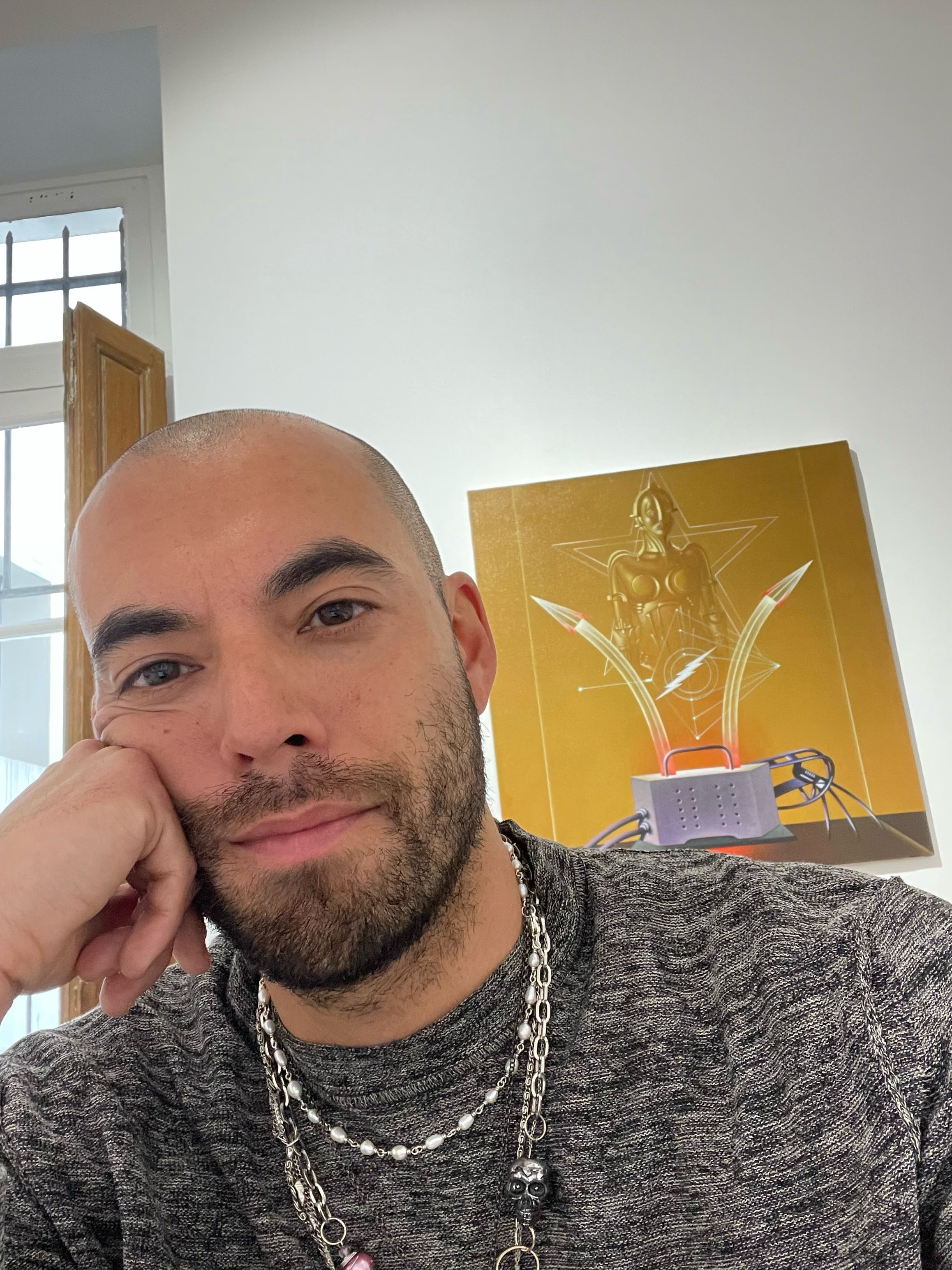
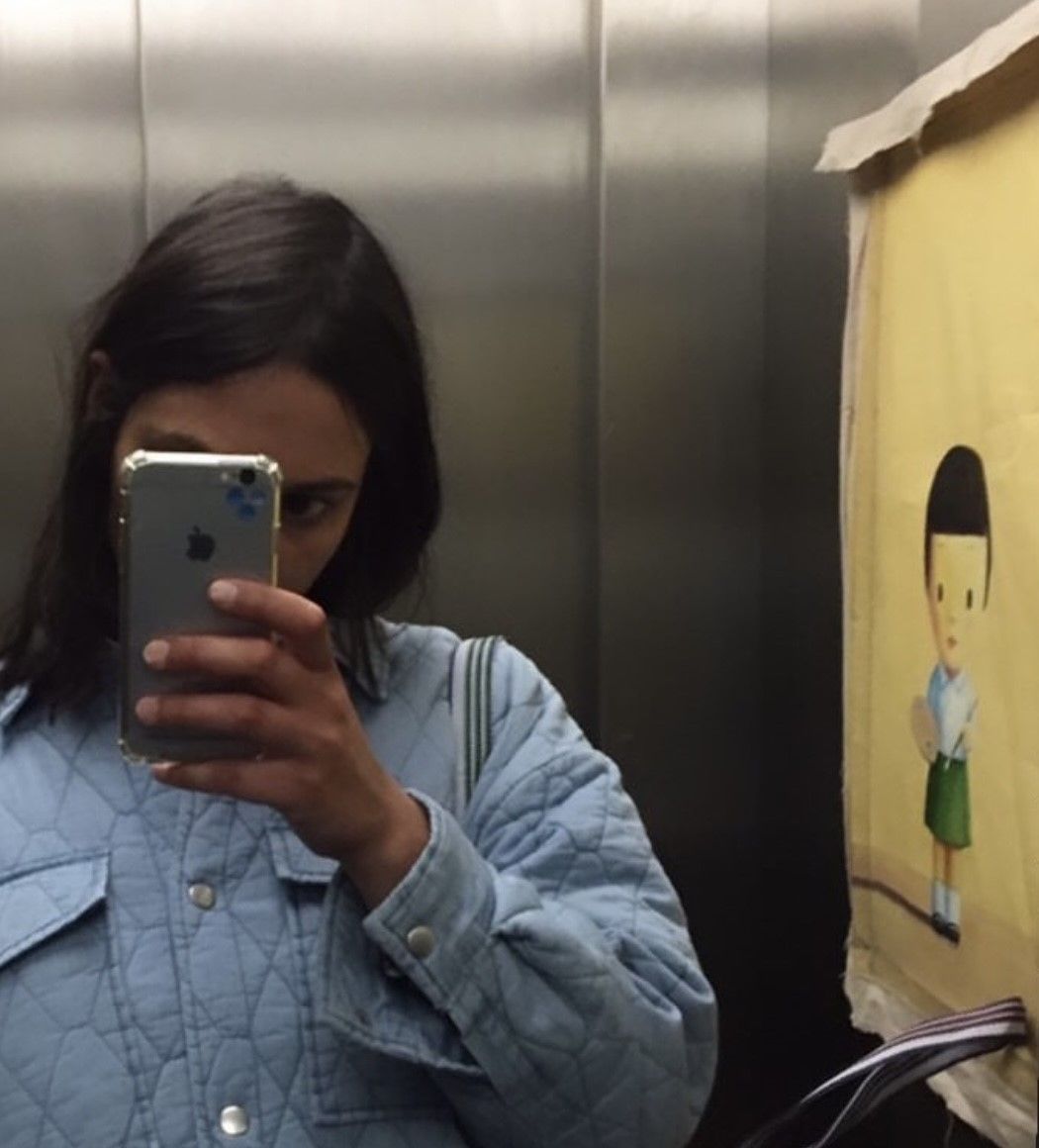
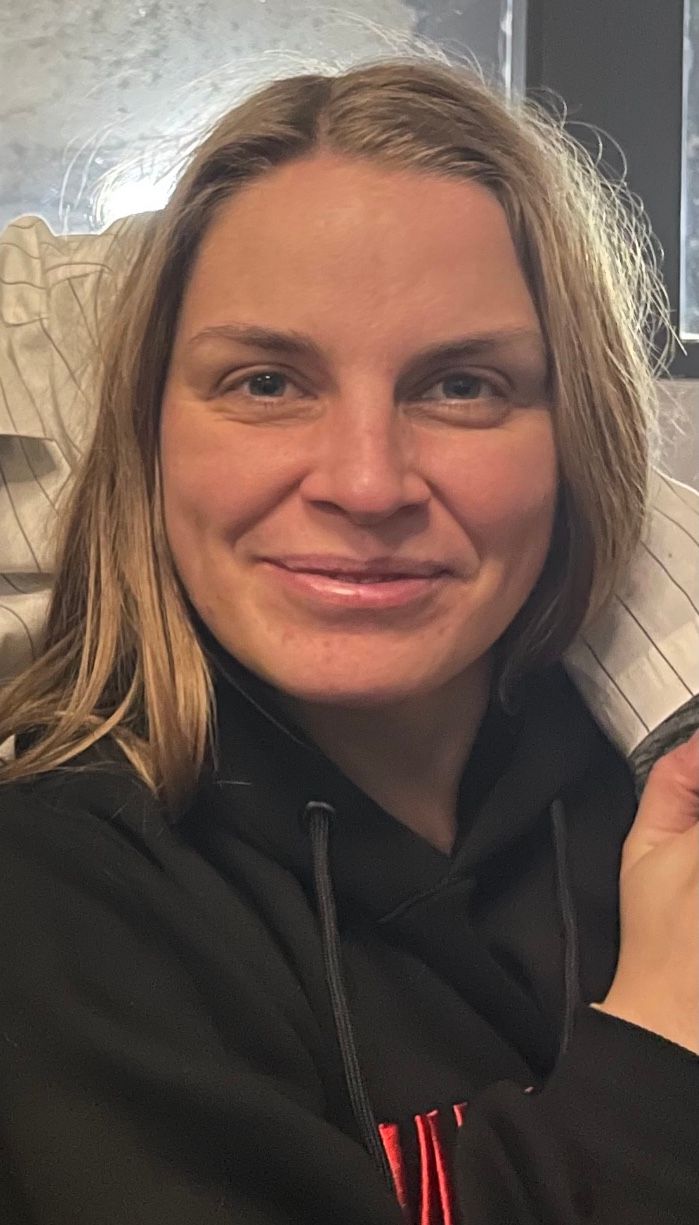
CLAIRE KORON ELAT: In the art world, discourses are often organically produced within a group of friends. This discourse is then taken to a new level when one of these friends opens a gallery, and a more serious working relationship is developed. What was the starting point for your program? Was it based on a dialogue with friends, or did you have a specific curatorial interest?
ROBBIE FITZPATRICK: I opened Fitzpatrick Gallery in 2020 in Paris, but it builds on the legacy of Freedman Fitzpatrick, which I started in Los Angeles with my former business partner, Alex Freedman. When we started, Alex and I primarily showed our friends and artists in our surrounding community. The foundations for the original gallery model were built on the idea of bringing artists from Europe and exhibiting their work in the USA—many of them for the first time. In the past year and a half, I’ve rebranded on my own while keeping the core group of artists and the identity that we initially started with. I’ve challenged myself to expand the roster and work with artists who are not directly connected to that core family. I believe it’s a classic trajectory for galleries that evolve to a mid-tier level.
MARIE-CHRISTINE MOLITOR: I opened my gallery six months ago, and I was definitely supported by my friends. The program includes artists I've had close existing relationships with and new artists whose work I've been interested in for a long time. I’m interested in connectivity and collectively working together, in creating a community—a little family that is led by a shared awareness. I've had many conversations with the artists I work with about what an ethically and socially engaged gallery could look like.
PRIYA SHETTY: I started in 2016 with a good friend. We found a space here in Brussels, where we started to do exhibitions. At that time, we only represented a few artists. Then we started meeting different artists in Brussels and others through art fairs. A lot of artists I work with introduced me to friends of theirs, and that’s how the program grew.
LISA OFFERMANN: We founded the gallery five years ago in Tbilisi. We started with a core group and then discovered local artists from Georgia because we want to support the local scene. But we also work with international artists. We often invite artists for a show or residency and then decide if it makes sense to work together. It’s a long process. Many things are difficult to organize here, which also determines the program.
JULIUS WOESTE: The focus of my gallery, which opened in September 2022, is more conceptual and critical. The program developed through a lot of online research, spending time in front of the screen, and in Zoom meetings with artists that slowly turned into physical meetings.
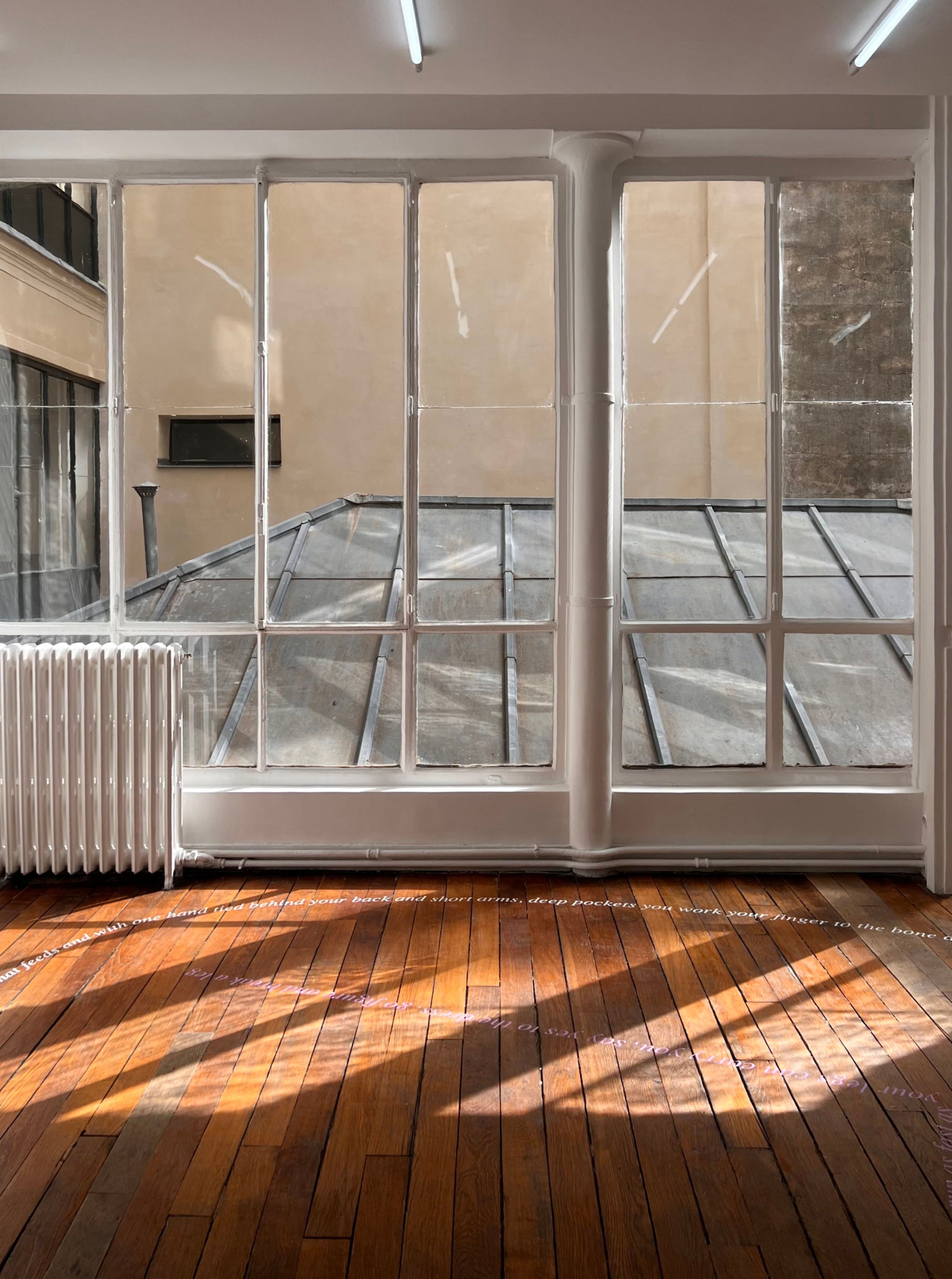
CKE: Robbie, was there a specific moment where you deviated from the idea of predominantly working with friends?
RF: I guess it naturally happens when you can finally afford to put up artists in a hotel, instead of having to ask them to sleep on your pull-out couch. It only started with the new chapter of my gallery program though. Before, there was always a connection point. If it wasn’t me or Alex, an artist from the program would suggest an artist. But it’s not always easy to transition into a working relationship with an artist that you’re close friends with. Sometimes a little bit of distance is healthier. Learning how to navigate that intimacy has definitely been an experience. Boundaries are key.
CKE: In terms of your general gallery program, do you feel any pressure to represent artists of your generation or focus on, for example, themes such as digitization?
MCM: I don’t feel that pressure. An artist’s age or their exhibition history isn't as important as the work itself. Most artists I’m collaborating with are either my generation or older, some are actually in their 50s and 60s. I aim for an interesting mix between younger and more established artists.
LO: We have artists who are in their 20s, 50s, and 70s. There are many artists in the program who weren’t represented before because they live in Georgia and didn’t have much exposure.
JW: I have a hard time with digitization as a program focus and with the internet and social media in general. Everyone is so used to having everything available online, which was amplified with the pandemic. That’s what makes it even more important to get people to come see shows—revealing everything online takes away the impetus to come to the gallery.
PS: It’s interesting that you mentioned the pandemic because I kept doing shows in different cities and thought a lot about alternative ways of exhibiting. I did a radio show, for example. It’s important to have a physical presence and not just do viewing rooms.
CKE: Several of you mentioned that the local scene is important for building and further developing your programs. You, Priya, have two different locations—one in Brussels and one in Zurich—and you, Robbie, relocated from LA to Paris.
PS: Although I’m located in Zurich and Brussels, I feel like my program could take place in any city. I work with one Belgian artist but don’t otherwise show a lot of Belgian artists. In Switzerland, I also only work with one Swiss artists. We got the second space in Zurich because of a friend’s proposal. It wasn’t initially our intention to have two galleries. It just magically happened.
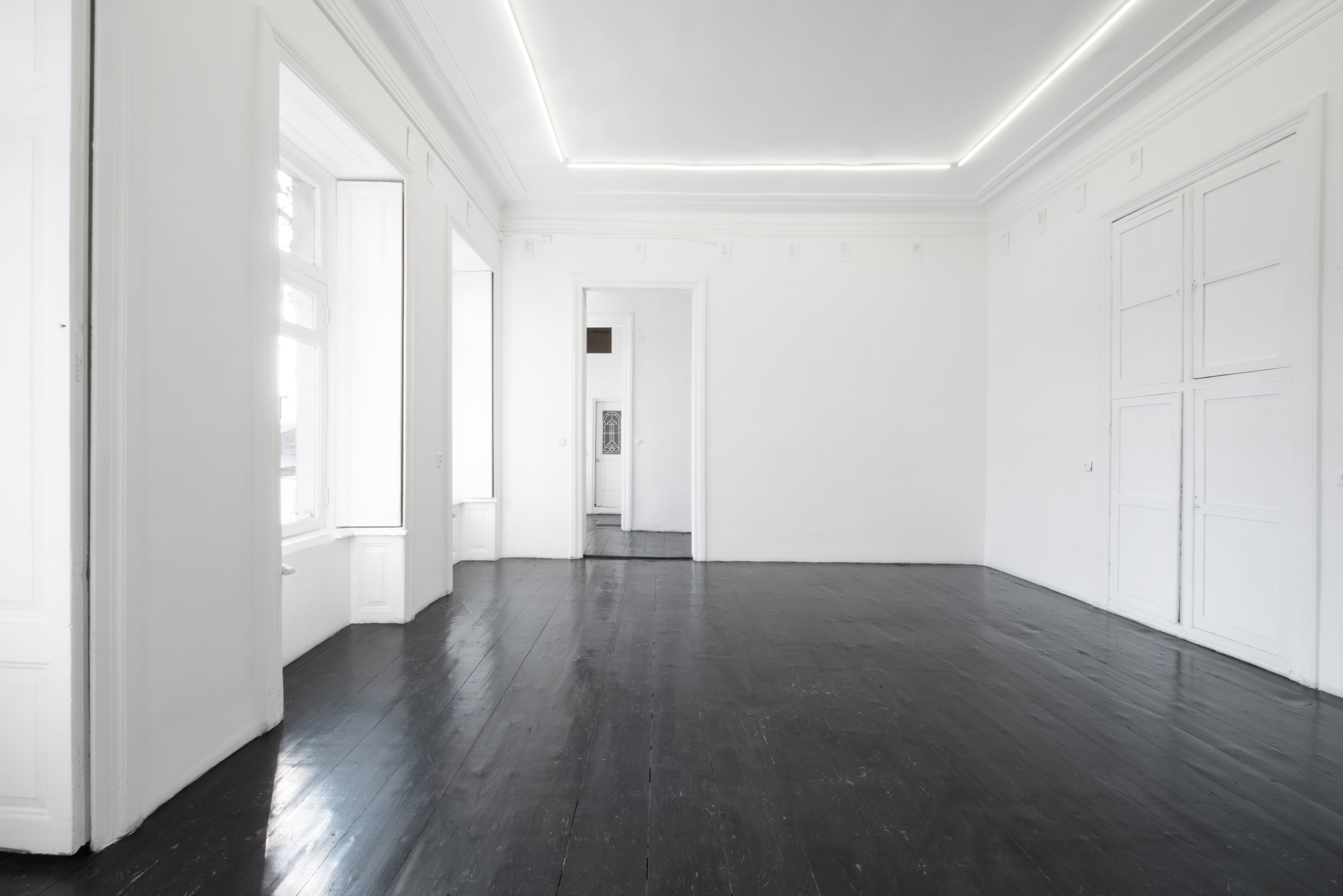
RF: When Alex and I started the gallery in LA, there was an emphasis on bringing artists from Europe to the city. That’s how we established ourselves within the LA art scene. I’m now trying to do something similar with the program in Paris by primarily showing foreign artists who have yet to exhibit their work in the city. I also don’t identify as a Parisian gallery. The gallery just happens to be in Paris, but the program could exist anywhere else. I don’t build the program to cater to what I imagine a Parisian gallery should look like. It’s rather to show what I believe in. In a city such as Paris, where you have so many galleries, perhaps you can get away with that kind of model a little easier. So far, I haven’t given myself too hard a time for not representing more local artists.
JW: I moved to Paris three months before I opened the gallery and didn’t feel connected to the art scene here, so most of the program started with German artists or artists from the USA, which were easy to research online. Now that I live here, there are many different possibilities, but I don’t feel like a big part of my program has to be French or Parisian for me to be here.
CKE: Since we’re still talking about beginnings, when did you decide to open a gallery?
MCM: For me, it was both financially and ideologically grounded. I had worked for Galerie Neu in Berlin for several years before I went on maternity leave, as I had a daughter during the pandemic. That’s why I didn’t really experience the pandemic as much but rather the isolation after having a baby and then returning to work. There was a realization that you spend so much time away from your family, working for someone else and someone else's ideas.
I began thinking about starting a business when my daughter was one year old and decided to quit my old job from one day to the next. I wanted to prioritize working with artists who I fully stand behind.
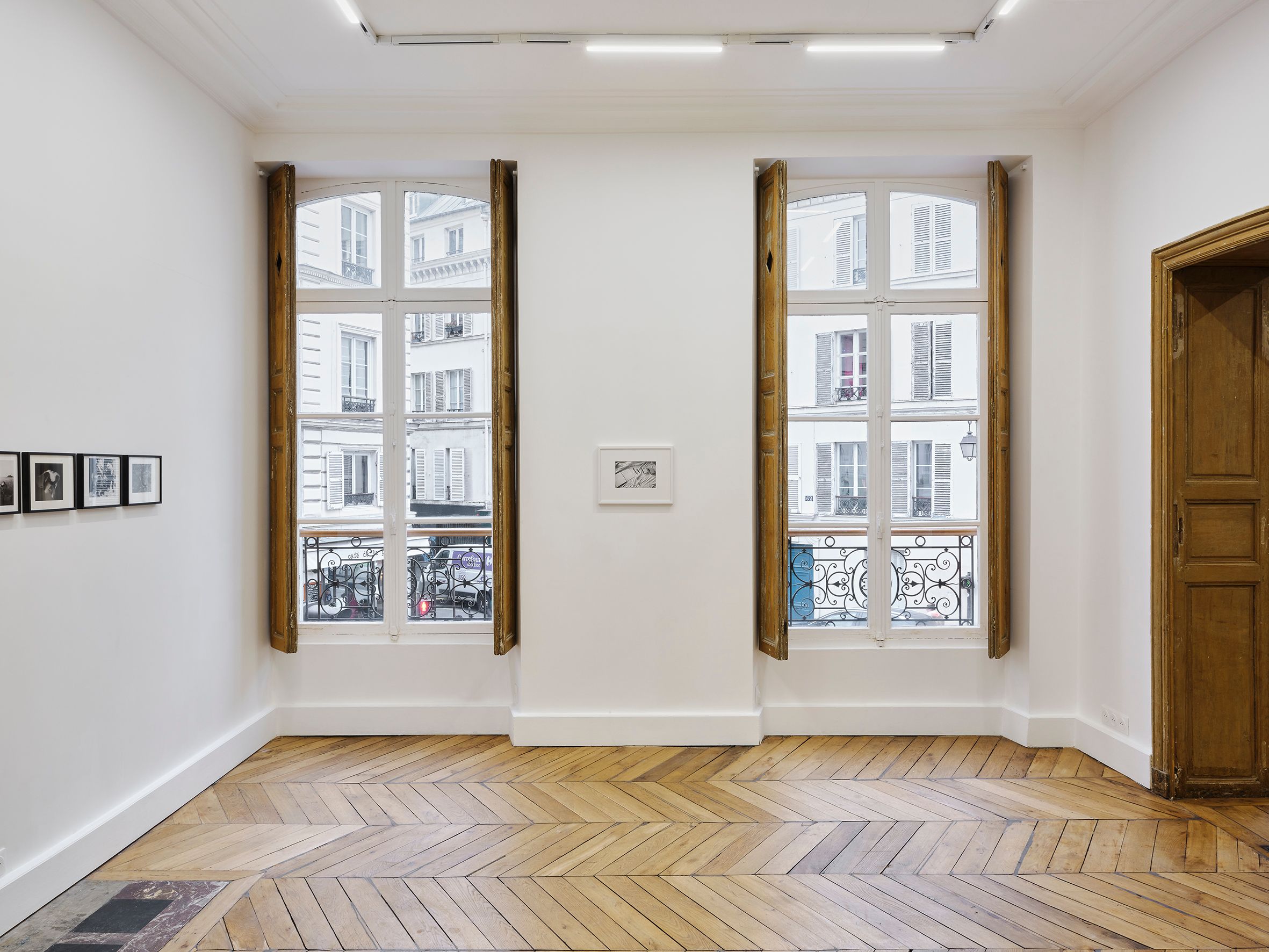
RF: Before opening the gallery in LA, I was living in Berlin and worked for Tanya Leighton. I was the director of the gallery, and she gave me a lot of freedom. It was a very small team back then. I had to juggle a lot of different tasks, but I also developed relationships with the artists, brought on a few new artists to the program, and curated exhibitions. I felt like I was running my own gallery in many ways—just without my name attached to it, and, of course, without the legal ownership. I knew that I would like to have my own space for a long time. I was very lucky to have the support from Tanya when I finally opened my own gallery.
I took a quiet pause before opening the new space in Paris, which happened a year after the first Covid-19 lockdowns. So, I had an added benefit during those months because I didn’t have to pay rent for a space and had the time to envision a strategy for rebranding the gallery. The original restructuring concept entailed more of an agency model. What I love the most about the job is the relationship with the artists. I first considered just getting an office space and representing artists without having a physical “shop” with the requirement of an exhibition program. But since I’ve had the space, I’ve also realized the importance of having a fixed location with an exhibition program. It’s such an important part of the identity of a gallery.
CKE: Opening a gallery today very much differs from the 1980s, 1990s, or 2000s. Not just because of the pandemic, but also because the economic situation back then rather enabled people to start their own business. It’s a much bigger financial step today.
LO: I also worked for Tanya Leighton in Berlin and then moved to Georgia, as my husband is Georgian. We needed to provide for our living, so we decided to open a gallery. There wasn’t really the possibility to get a job here. The first two years were surprisingly fine, and then the pandemic happened. That was perhaps also OK because we didn’t participate in art fairs and therefore had lower costs—which are anyway low in general here. The low costs were one of the reasons why we opened in Tbilisi. It’s not comparable to Paris or Berlin.
PS: For me, both Brussels and Zurich are low cost. That’s what makes it possible for me to be here. You can conceive a program without having to consider that the show might not sell out. That means you can do experimental shows. I didn’t work for another gallery before but when we started, we had the support of dépendance in Brussels because my former business partner had worked for them. This way we had clients in Brussels from the beginning.
LO: For us, it was important to get international clients. That’s why we started participating in fairs such as Frieze in New York or Liste in Basel right away. Still, it’s unbelievably expensive for young galleries to participate.
RF: When we opened the gallery in LA, it felt like the only way for the gallery model to work is to abide by the system and get into all the important fairs as soon as possible. We were lucky to be able to do the young sections of all those fairs. I actually thought that after Covid everyone would be sick of doing all these fairs. But it feels like there are even more fairs than ever—with the expectation of participation. Now I have to consider if I have to physically be in Seoul in September. Last week I got texts from collectors asking if I was in Singapore. It’s like the art world learned nothing from the gift of a slower pace that the pandemic brought. It’s more accelerationist than before.
Fairs are like double-edged swords because we rely on them to see existing clients and meet new collectors, but they can also be risky. It was just exhausting when we did seven or eight fairs in a year. I’m also surprised that fairs haven’t really adapted. They added online viewing room platforms, but, for the most part, they look the same as ten years ago.
Last year I initiated an anti-fair model in Basel, called the Basel Social Club. While it emulated the fair model in some ways, because galleries participated with a fee and showed work that was for sale, it was also an experiment in trying to do something that was collegial, with an emphasis on the social aspects of the art world while still having a marketplace to sell and buy art.
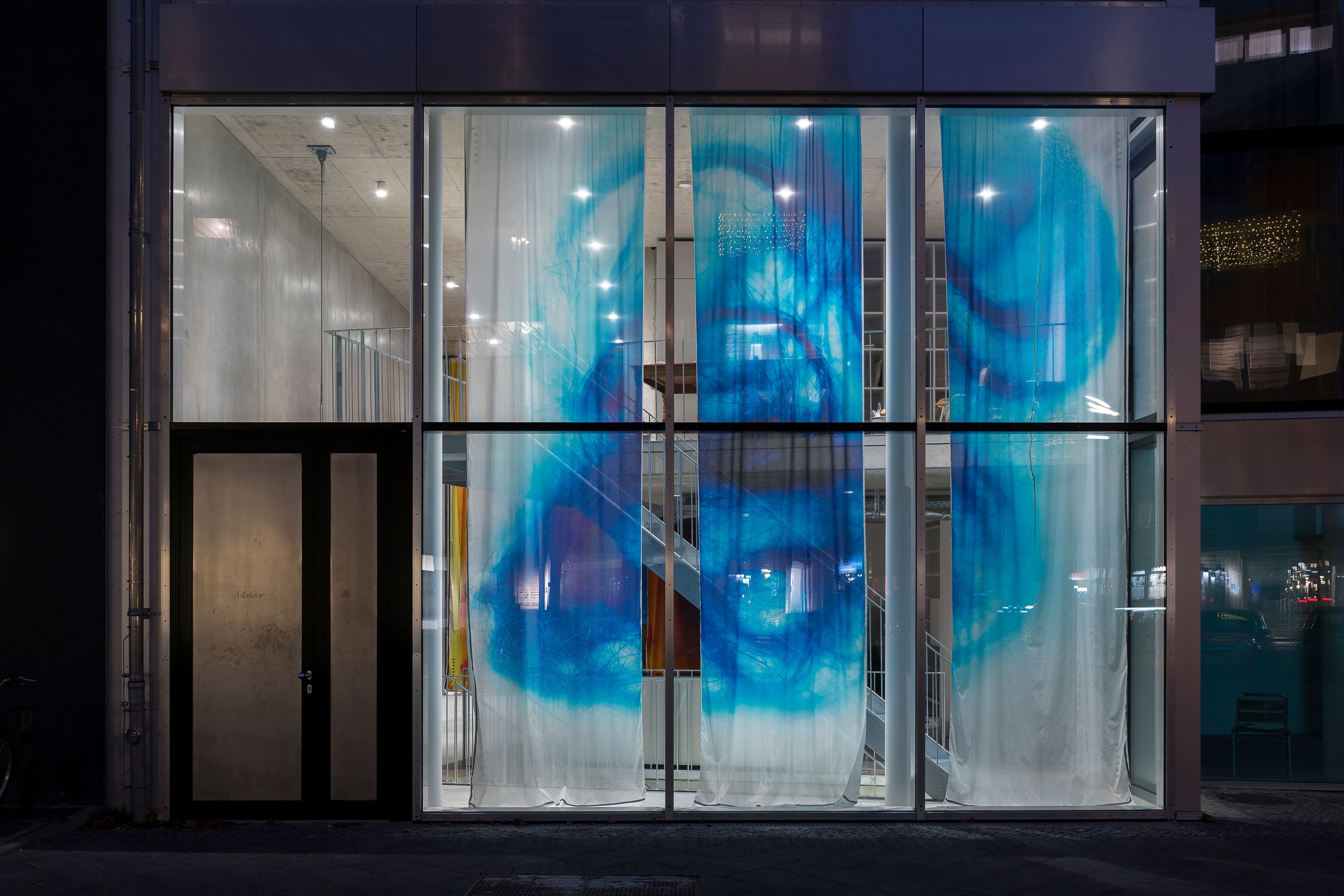
MCM: I wonder how sustainable the fair model is. There was a big break a year or two ago when people were at home and only looked at art on screens. But now there is a lot of catching up to do. Collectors love traveling to Hong Kong, Miami, Singapore, and Shanghai. That might look different in a couple of years with inflation, war, and general uncertain economic times, though. Maybe it will slow down again.
JW: I think fairs are a necessity for any young gallery trying to get their name out there and meet collectors, and I’m happy to be in a city with good fairs. At the same time, fairs are time-consuming. It shouldn’t impact the exhibition program at the gallery. It’s important for me to be mindful.
RF: The truth is that we only really got our name out there through art fairs. That’s how we met some of our bigger collectors. With each fair, you accumulate contacts. Particularly if you hadn’t worked in a sales position prior to opening your gallery, fairs are a necessity. If your gallery is not located in a city with a strong, existing collector base, then you’re also reliant on fairs to sell work.
CKE: What does the demographic profile of your collectors look like? Do you explicitly cater to young collectors?
RF: The generation of collectors who many people are familiar with because they’ve amassed such impressive collections have been less present at fairs in recent years. They’re slowing down because they’re getting older. There are more and more younger collectors. To my surprise, there are also a lot of walk-in sales from younger people, who saw the gallery on a map or read about it and then bought works. This was less common ten years ago. Buying art has become a status symbol for anyone with aspirational lifestyles. That’s certainly the case for most millennials and Gen Z buyers. I’ve also observed that young buyers today seem to have more disposable incomes than previous generations, so there is this little bit of extra spending capital. Maybe it’s because they’re used to spending their money fast online.
PS: There are more and more younger collectors who easily spend money. Perhaps it’s also connected to them buying high fashion.
MCM: I see a rising younger generation that has an extra income to spend. I have made a lot of sales in the past that were not reliant on art fairs because of my contact with an older collector base. In Berlin, I’m trying to reach out to my generation, even friends who work in different sectors, such as tech or finance, and who are now becoming interested in art. I feel like there’s a bigger fraction of this generation who builds collections compared to 20 years ago. Berlin doesn’t really have a big collector base, but there are lots of people, who I know from having lived in Germany all my life, who are gaining a little extra income and are happy to spend that on art. Older collector generations are more based in Cologne whereas younger people who buy art are more in Berlin and Frankfurt.
JW: In the past two years, Millennials overtook Gen X as the dominant collector force, so there’s a natural shift taking place. Personally, I haven’t really met any older collectors. It’s mostly colleagues and friends who are around my age.
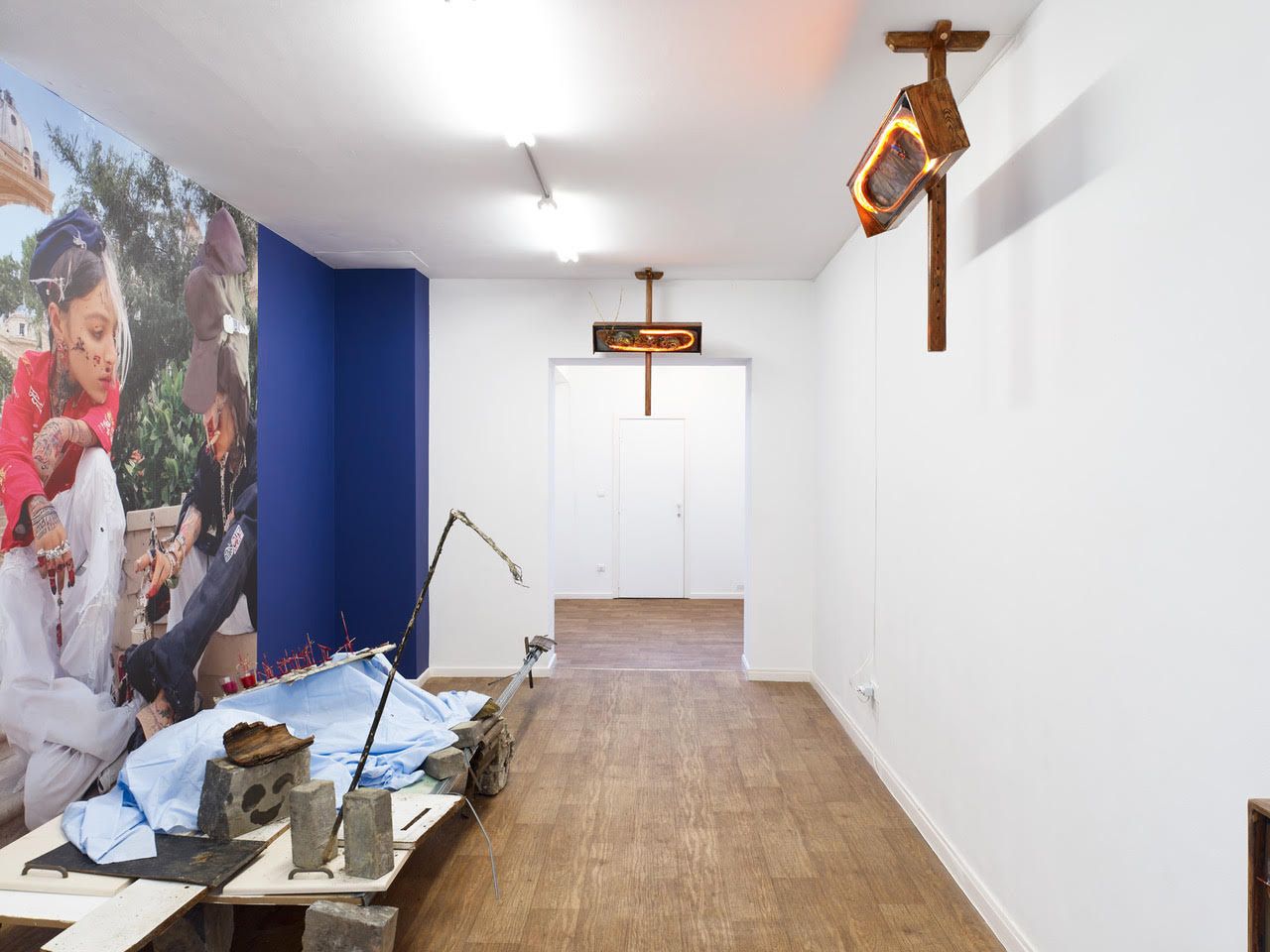
CKE: Whether fairs are an essential or a non-progressive model is a question that can be applied to galleries, too. Are galleries models that still reflect the zeitgeist, or do we need organizations that operate more sustainably, particularly considering the few mega-galleries that dominate the market, acting as capitalist business conglomerates? Are these galleries role models for you or are you imagining a different mode of operation for your own gallery?
JW: I think there’s different types of role models at different stages. But if you start a gallery now and say that you’ll be the next David Zwirner, that feels wrong to me.
PS: I don’t see these galleries as role models either. I don’t believe that there is one way for everyone. After years of operating, you see what works, what doesn’t work, how to sustain the gallery, how to work with your artists, and how to grow.
RF: When you open a gallery, you certainly have role models—galleries that you admire for having built a successful business while not sacrificing what they believe in for purely monetary commercial gain. The biggest challenge of this business is to show, promote, and sell the work that you believe in while still being able to pay the bills and keep the doors open. It’s a real challenge, and I have so much admiration for all my colleagues who continue to fight for the artists they work with.
MCM: I think we will all experience new challenges in the future, and we will probably all have to adapt. A model that functioned 30 years ago and is now internationally successful might not work in the future.
What is more important today is the ethical, moral, and social character of the gallery. We, for instance, set up a profit-sharing model. Ten percent of the profits from each show will go into different causes—either they will be shared and distributed back to the artists, or we invest in health care or social projects. Sprüth Magers had this idea when they were starting the gallery many years ago, thinking about the needs of female artists. They are definitely a role model for me. However, we will experience different challenges moving forward, and we will have to adapt. So, it’s probably not so easy to say this is the one model that works. It’s a mix of things while staying flexible, future-oriented, and oriented towards the present needs of artists.
LO: The gallery structure here is very important for the general art scene, as we don’t have any governmental structure to offer support. We have a somewhat undeveloped institutional structure, which is not supported by the culture ministry, and the private sector tries to compensate for that. Someone who has always inspired me is Rudolf Zwirner, the father of David Zwirner, because he created an entire scene in the Rhineland including collectors, some of whom later built institutions. It’s inspiring because it shows that you can create structures out of the private sector. It’s about engaging with a community and being appealing for young and old collectors, making a younger audience ask themselves why it make sense to have a collection. This is the starting point.
Credits
- Text: CLAIRE KORON ELAT
Related Content

Weaponized Irony: A Roundtable on Trolling and Politics
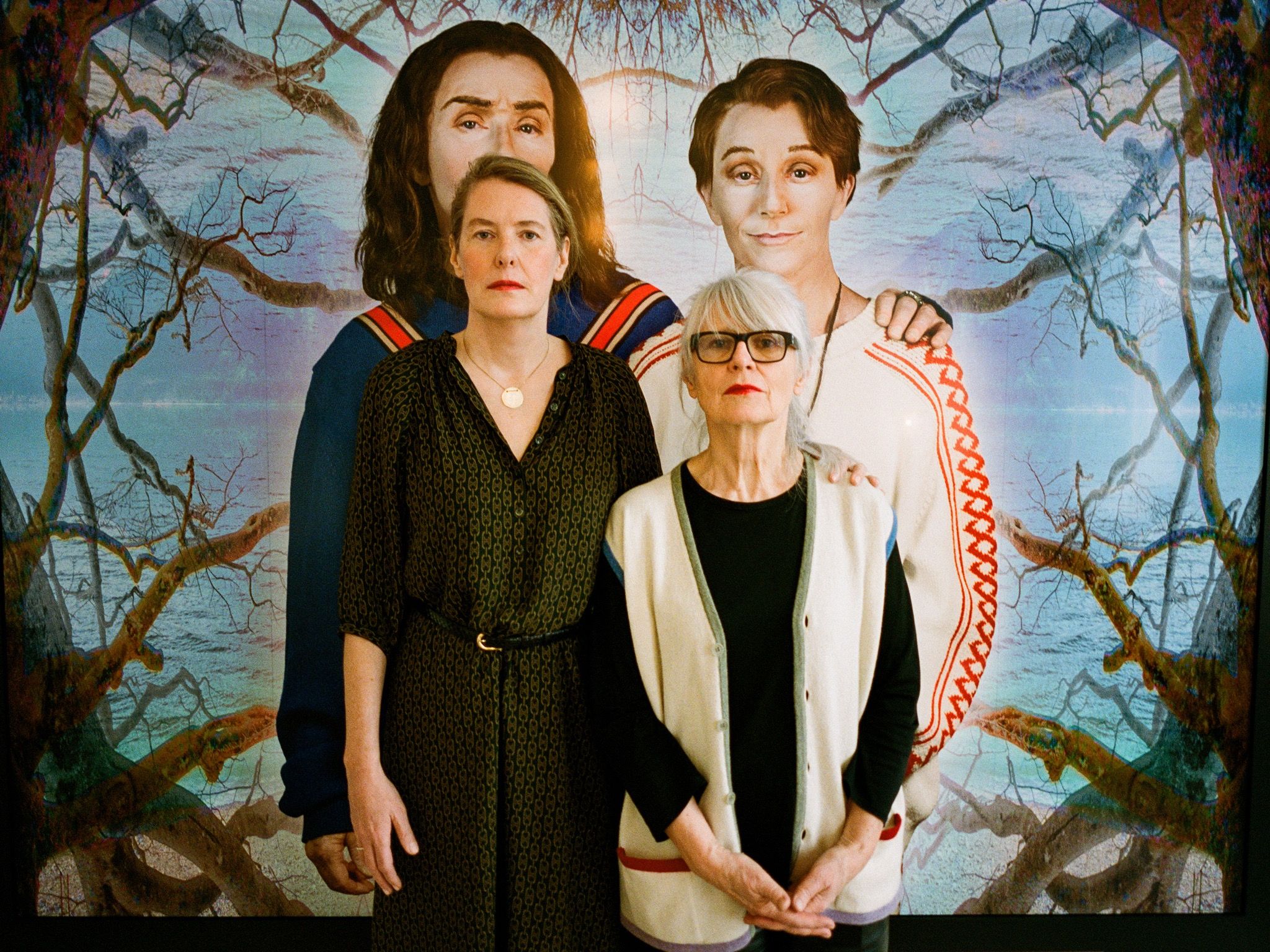
SPRÜTH MAGERS: The Art Gallery and the World
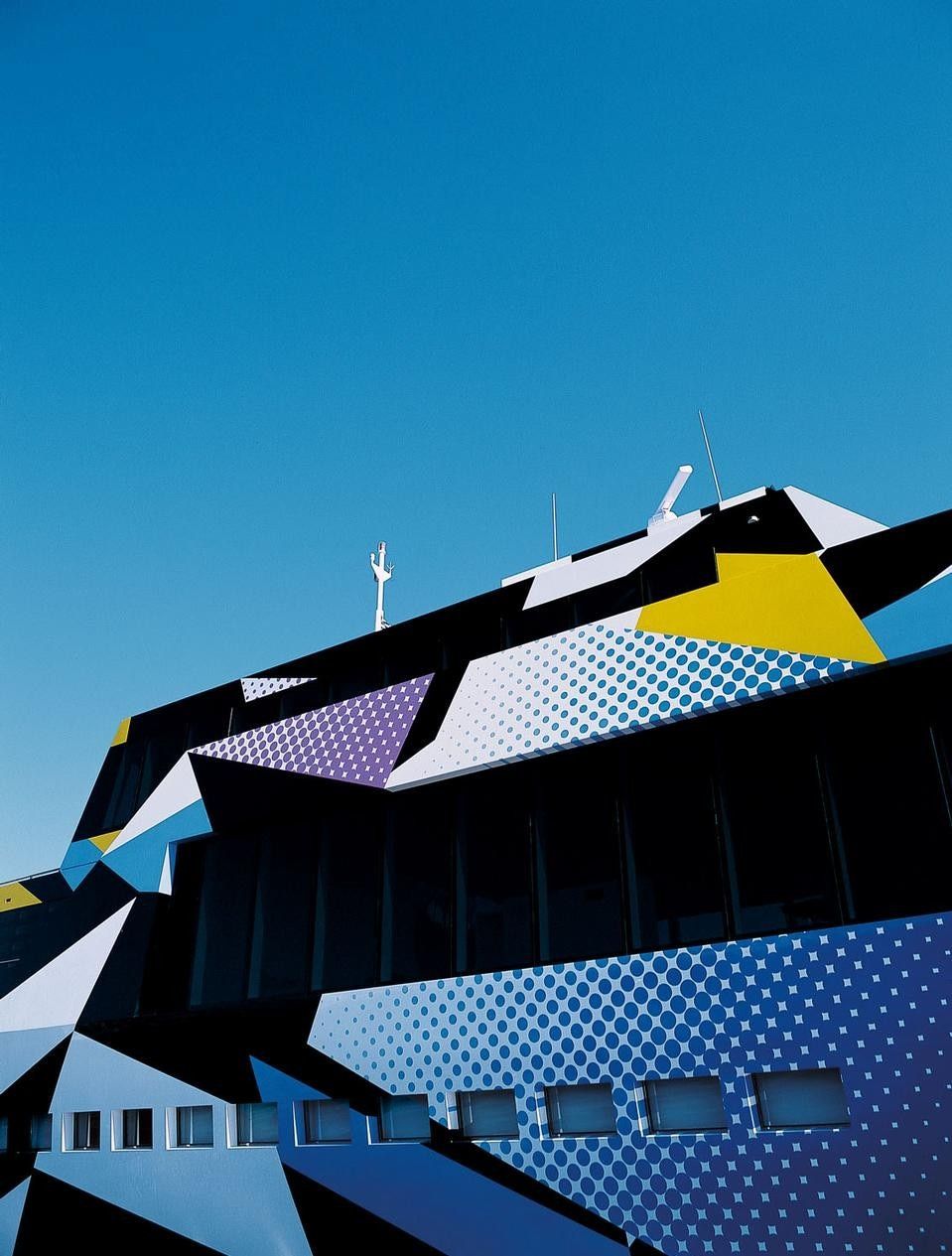
DAKIS JOANNOU: A Story of a Collector Told Through Four Works in His Collection
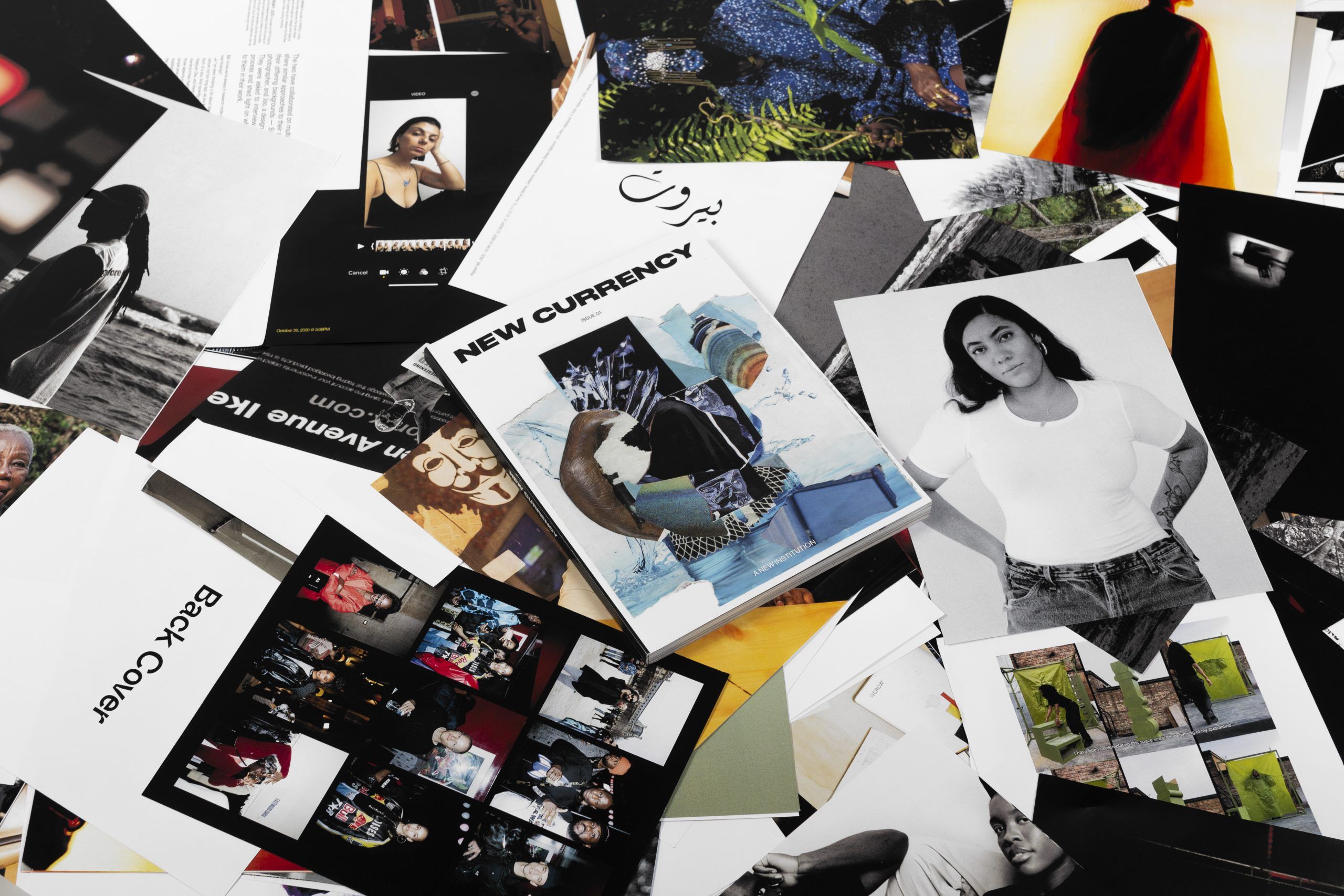
Editorial Roundtable: KAZEEM KUTEYI of New Currency
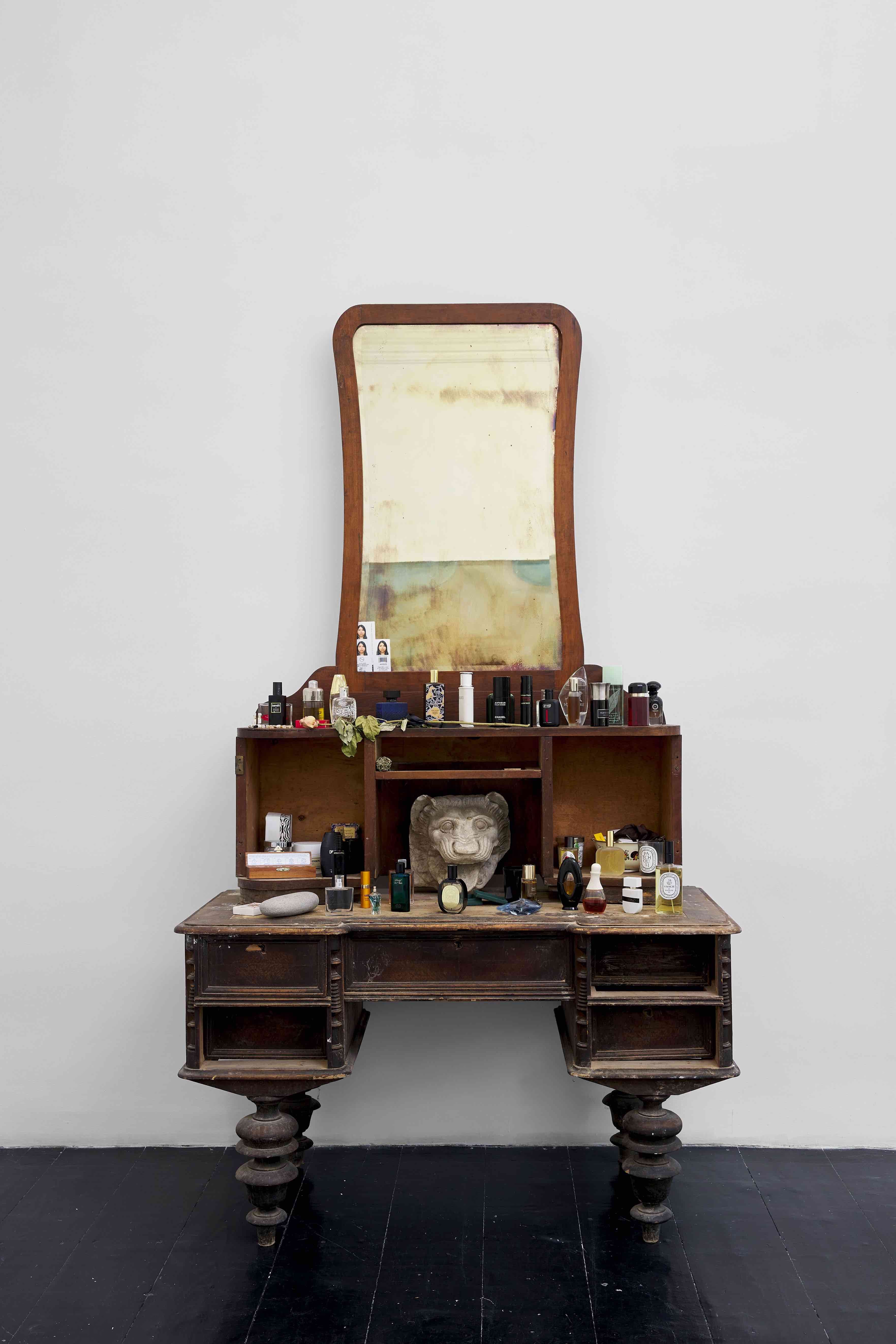
Other People: SER SERPAS
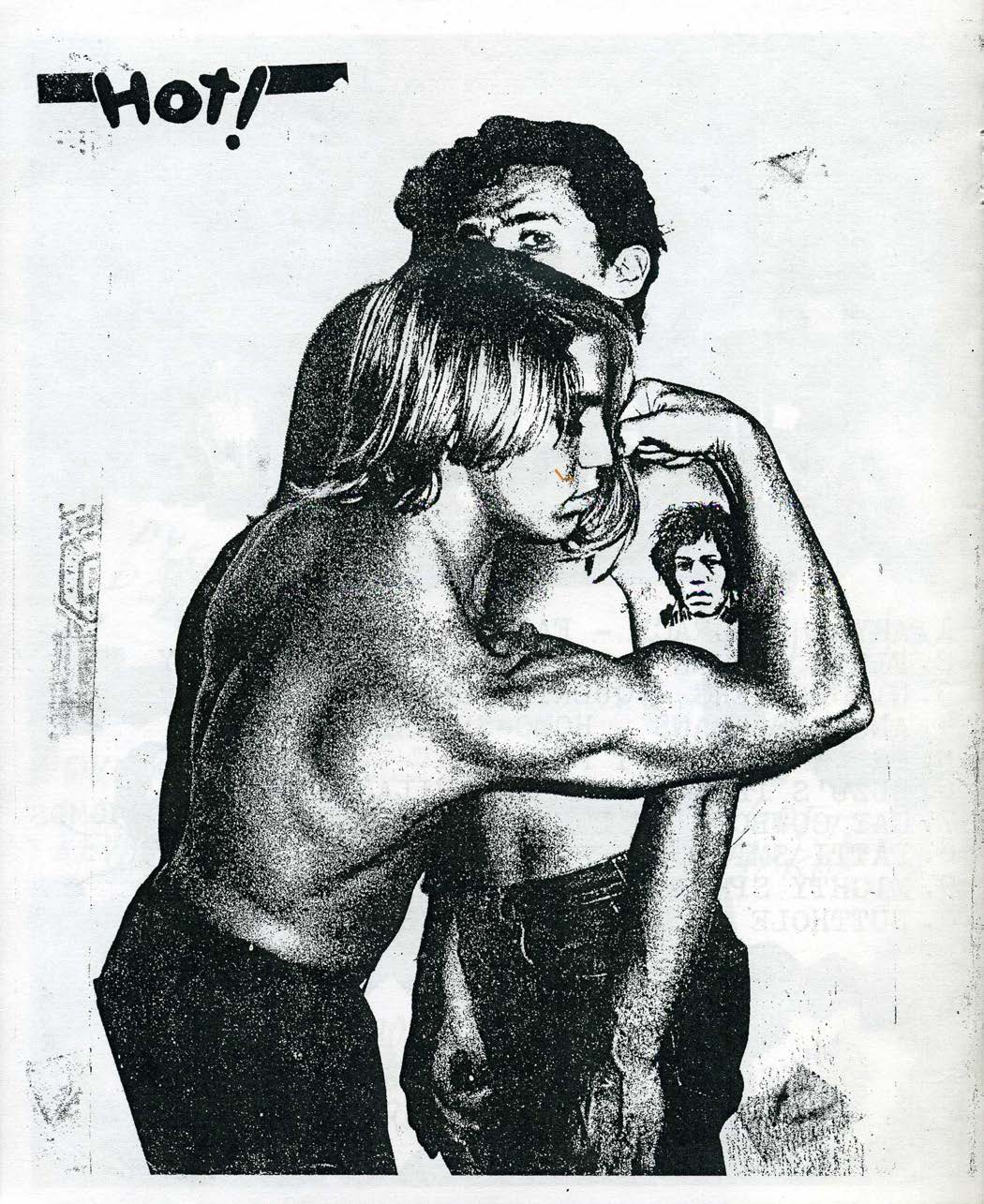
“Don't be gay”: HUGO BAUSCH BELBACHIR Courts Bravery and Revenge
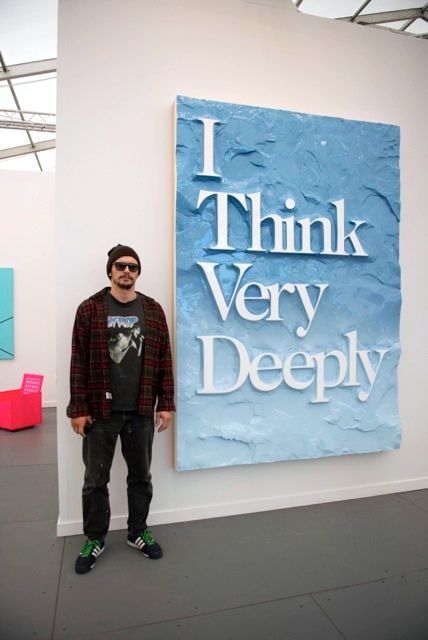
Actor JAMES FRANCO Reviews Frieze New York for 032c & Gets Photographed

Editorial Roundtable: EMMANUEL BALOGUN and KK OBI, visionaries of Boy.Brother.Friend